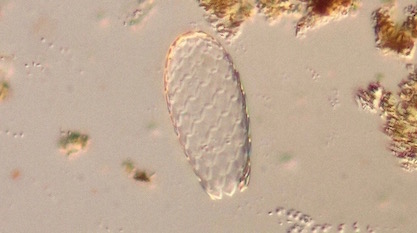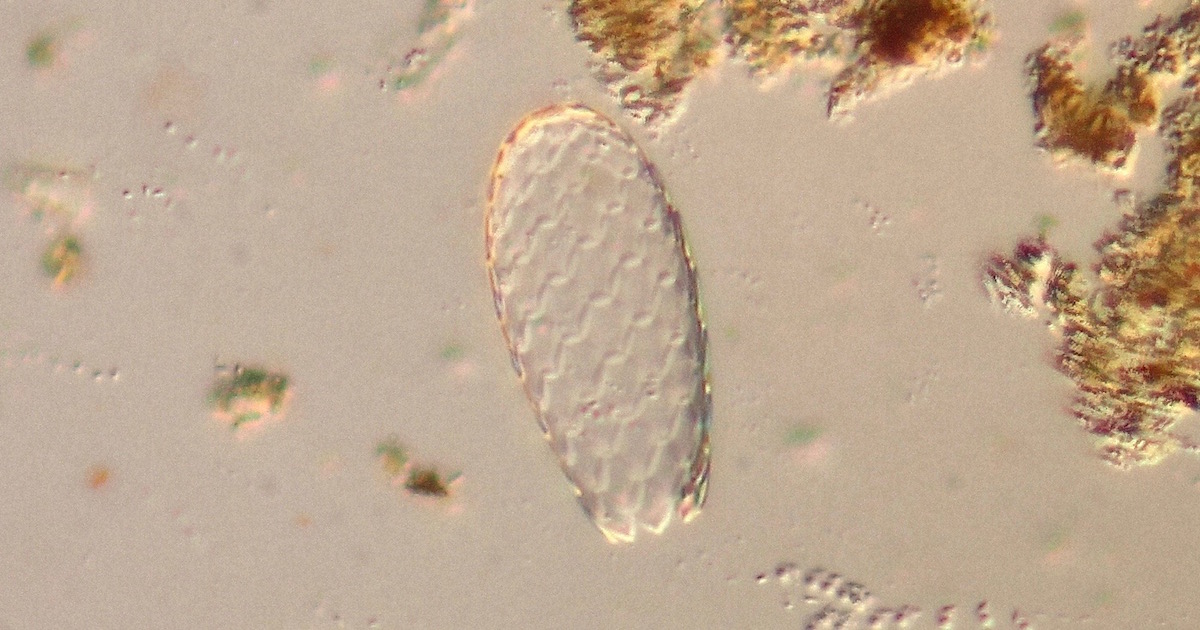 Evolution
Evolution
Early Complexity: An Evolutionary Case Study


Nature does not make jumps. That old canon of natural history, as Darwin called it, goes back centuries and was heartily endorsed and adopted by evolutionary theory. Here are representative quotes from Origin, 1st edition, making clear how important this doctrine was to Darwin (emphasis added):
- “I have been astonished how rarely an organ can be named, towards which no transitional grade is known to lead. The truth of this remark is indeed shown by that old canon in natural history of ‘Natura non facit saltum.’ We meet with this admission in the writings of almost every experienced naturalist; or, as Milne Edwards has well expressed it, nature is prodigal in variety, but niggard in innovation. Why, on the theory of Creation, should this be so?“ (p. 194)
- “On the theory of natural selection we can clearly understand the full meaning of that old canon in natural history, ‘Natura non facit saltum.’ This canon, if we look only to the present inhabitants of the world, is not strictly correct, but if we include all those of past times, it must by my theory be strictly true.” (p. 206)
- “The canon of ‘Natura non facit saltum’ applies with almost equal force to instincts as to bodily organs.” (p. 210)
- “The canon in natural history, of ‘natura non facit saltum’ is applicable to instincts as well as to corporeal structure, and is plainly explicable on the foregoing views, but is otherwise inexplicable, — all tend to corroborate the theory of natural selection.” (p. 243)
- “As natural selection acts solely by accumulating slight, successive, favourable variations, it can produce no great or sudden modification; it can act only by very short and slow steps. Hence the canon of ‘Natura non facit saltum’ which every fresh addition to our knowledge tends to make more strictly correct, is on this theory simply intelligible. We can plainly see why nature is prodigal in variety, though niggard in innovation. But why this should be a law of nature if each species has been independently created, no man can explain.” (p. 471)
In these and other passages, Darwin explained the fundamental evolutionary view and prediction that evolution and natural selection produce gradual change with no sudden changes or jumps. More than a century and a half later, that fundamental prediction of evolution has been falsified so many times by the empirical evidence that it is a wonder there is anyone left believing in the theory.
One way that this prediction has been falsified, among many, is in the finding of early complexity. Evolutionists of course expected that the history of life would reveal a gradual increase in complexity. But as I have discussed many times, life does not fit this evolutionary expectation. Instead, the very earliest life forms reveal high complexity.
For example, as science writer (and evolutionist) Amy Maxmen explains, amoebas contain hundreds of times more DNA than humans, and this “just didn’t make sense.”
[A]moebas date back farther in time than humans, and simplicity is considered an attribute of primitive beings. It just didn’t make sense.
The amoeba-versus-human comparison was just one example of how genome size contradicts evolutionary theory. What about the number of genes? Here again, evolution makes a clear prediction, as Maxmen explains:
Simple, early organisms would have fewer genes than complex ones, they [evolutionists] predicted…
And here again, evolution’s prediction was demolished by the science. For example, evolutionists were surprised to find sea anemones have more genes than insects, in spite of arising earlier. That, admits Maxmen, “meant animals might have been genetically complex from the start.”
These sorts of findings also contradict the evolutionary tree. Your high school biology book said that the new genetic data perfectly corroborated the traditional morphological data. Evolutionists have triumphantly celebrated the confirmation that the molecular sequence data provided to pre-existing evolutionary trees.
But that celebration was premature. In fact, study after study has found there is no such corroboration. In fact, as I have documented many times, morphological data across the species contradict the evolutionary tree (i.e., they do not fall into an evolutionary common descent pattern), and the new molecular data simply continued that trend.
Then molecular analyses did something else. They rearranged the order of branches on evolutionary trees. Biologists pushed aside trees based on how similar organisms looked to one another, and made new ones based on similarities in DNA and protein sequences. The results suggested that complex body parts evolved multiple times and had also been lost. [Emphasis added.]
In other words, the scientific data contradict the theory. The result is that evolutionists have had to concoct increasingly complex and bizarre epicycles to try to explain the data. This includes complex structures evolving, then disappearing, then re-evolving, all in the same lineage, as well as independently evolving in a separate lineage. As Maxmen explains:
Furthermore, the idea that complex parts like a brain and nervous system — including nerve cells, synapses, and neurotransmitter molecules — could evolve separately multiple times perplexes evolutionary biologists because parts are gained one at a time. The chance of the same progression happening twice in separate lineages seems unlikely — or so biologists thought.
This is a tautology. Whatever we observe, evolution somehow created it, no matter how ridiculous the narrative becomes. An unfair criticism? Consider Maxmen’s conclusion:
When new data suggests a rearrangement, it must be considered no matter how perplexing the conclusion seems.
In other words, the plausibility of evolution is not a consideration. No matter “how perplexing” are the data, we must find a way to force the data it into the theory.
Photo: Euglypha tuberculata, a testate amoeba, by Picturepest (Euglypha tuberculata — Testate amoeba — 160x) [CC BY 2.0], via Wikimedia Commons.
Cross-posted at Darwin’s God.
